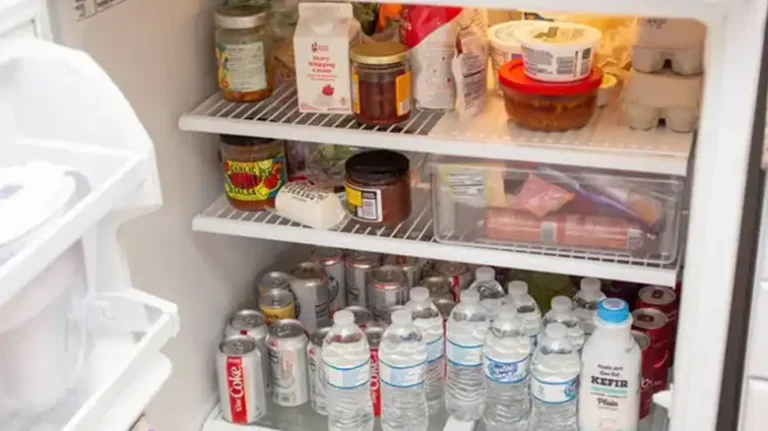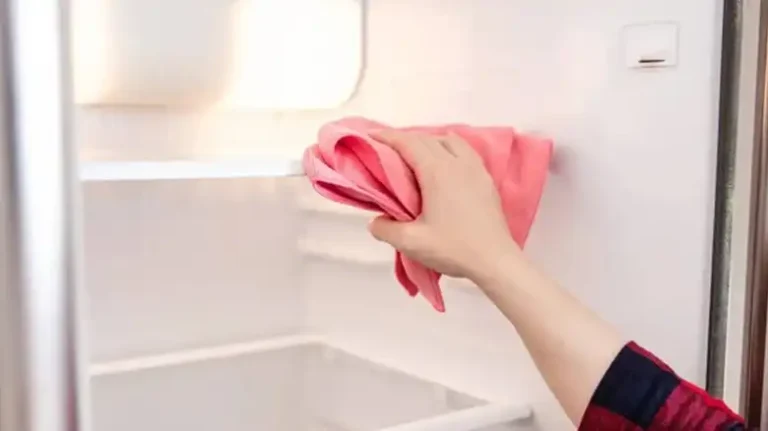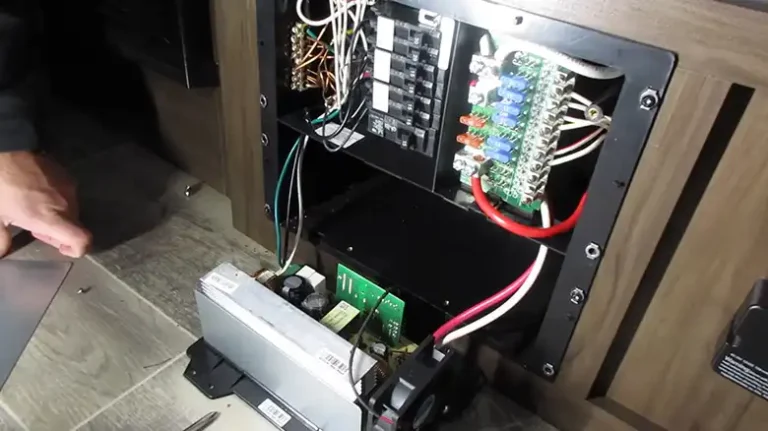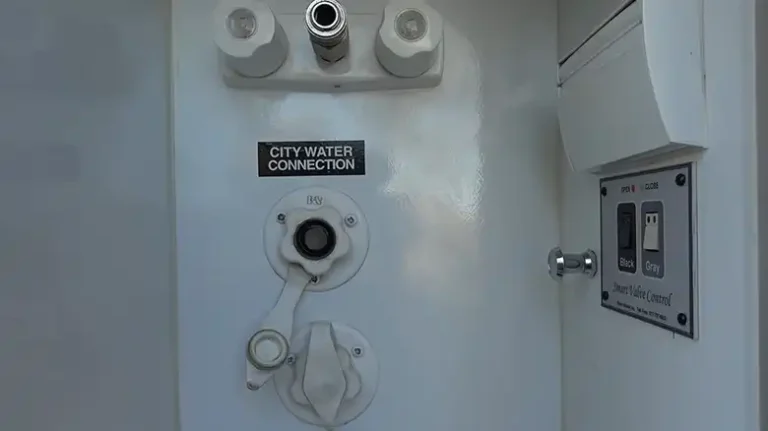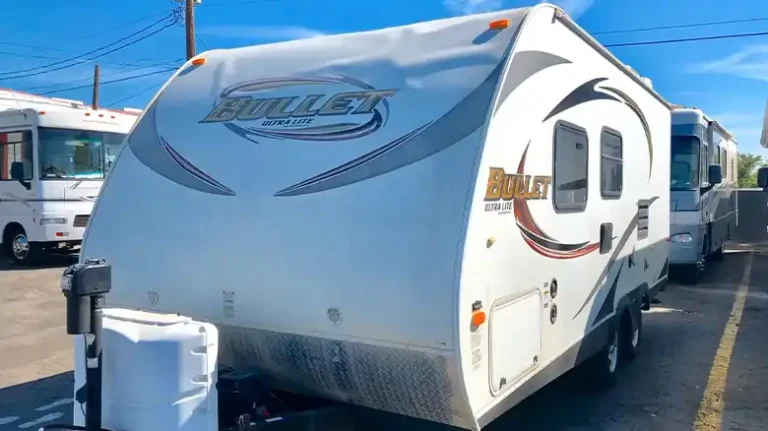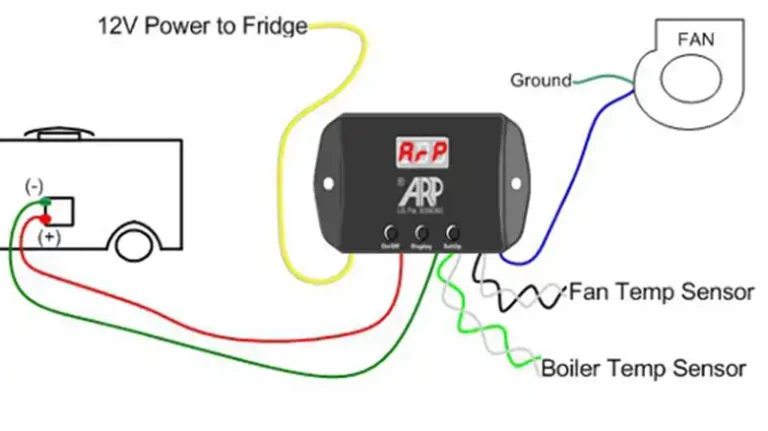Lighting Suburban RV Oven Not Working: What’s Wrong And How to Fix
What if you’re on a delightful camping trip, surrounded by the beauty of nature, and the tantalizing aroma of a casserole is supposed to be filling your cozy RV? Sounds amazing, right? But, lo and behold, your Suburban RV oven is not cooperating. It can successfully ruin the entire mesmerizing scenario.
It’s the time when you can’t stop yourself from being frustrated no matter how much you try. It just sets in, and you’re left wondering how to get that oven lit. Now, if you’ve unfortunately found yourself in this sizzling predicament, worry no more. Here, I’ll provide you with relevant information so that you can get yourself out of this mess conveniently.
So, stick to the post till the end.
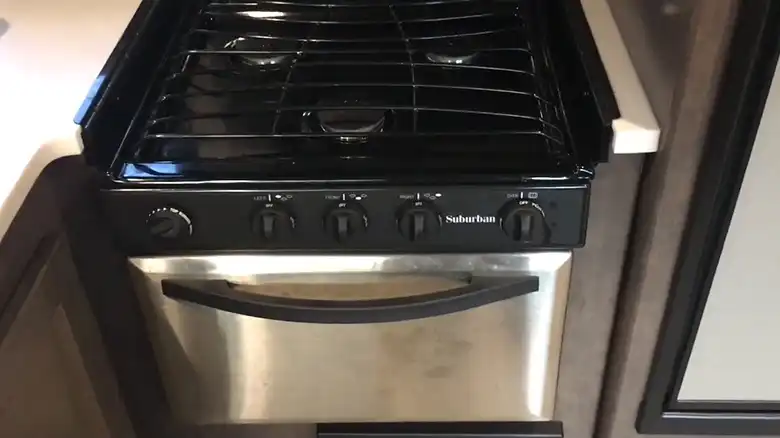
How to Make Your Suburban RV Oven Lighting Working?
RVing, an adventure in itself, can be seriously undermined when the heart of your mobile kitchen, the oven, decides to call it quits. In remote areas, dining options can be as scarce as a yeti sighting, and having a functional oven is a lifeline for preparing warm meals. So, when your Suburban RV oven refuses to light up, it’s not just about cooking; it’s about preserving the joy of your journey.
So, what to do when your Suburban RV oven goes dark? The answer, my fellow traveler, lies in a simple yet effective troubleshooting process. Here’s a step-by-step guide to get your oven back on track –
Check the Propane Supply
When it comes to troubleshooting your Suburban RV oven, one of the first places to check is your propane supply. The oven relies on propane as its source of fuel, and if there’s a shortage, it can result in your oven refusing to light. Here’s what you need to do –
Verify Propane Levels: Begin by ensuring that your RV’s propane supply is sufficient. To do this, you can check the gauge on your propane tank. If the gauge indicates that it’s running low or empty, this is a strong indication that your oven may not light. It’s advisable to keep a spare propane tank on hand, especially for longer trips, to avoid such inconveniences.
Safety First: Before you do anything with your propane tank, ensure you’re in a well-ventilated area and far away from open flames. Safety is paramount when dealing with propane, and following proper safety protocols is a must.
Pilot Light – To Ignite or Not to Ignite?
The pilot light is the unsung hero of your RV oven, responsible for igniting the burners that cook your meals to perfection. However, finding and lighting the pilot light can sometimes be a bit like solving a puzzle. Here’s how to do it –
Locate the Pilot Light: The pilot light’s location can vary from one RV oven model to another. It’s often concealed behind a cover. To pinpoint its exact location, refer to your oven’s manual, which is your treasure map for this adventure. In most cases, the pilot light is situated near the burner assembly.
Follow Manufacturer’s Instructions: Once you’ve located the pilot light, follow the manufacturer’s instructions for lighting it. This process typically involves turning the oven’s knob to the “pilot” position, pressing it down to release gas, and using a long lighter or match to ignite the pilot flame. Keep the knob pressed for a few moments to allow the thermocouple (more on this below) to heat up and maintain the flame.
Thermocouple Troubles
The thermocouple is a vital safety feature in your RV oven. It acts as a watchful guardian, ensuring that the gas flow is safe. If it senses a malfunction or if it’s not properly aligned, it will prevent the gas from lighting. If your oven’s pilot light repeatedly goes out, the thermocouple might be the culprit. Here’s how to address this issue –
Inspect for Misalignment: Check the thermocouple for any bends or misalignments. It should be positioned in such a way that it’s perfectly aligned with the flame of the pilot light. Even a slight misalignment can cause the thermocouple to shut off the gas flow, thinking there’s a problem.
Adjust or Replace: If you find the thermocouple to be misaligned or damaged, it may need to be adjusted or replaced. Correcting this issue will ensure that the thermocouple performs its safety function without interfering with the proper operation of your oven.
Cleanliness is Next to Ovenliness
Over time, your RV oven’s burner can accumulate soot and residue, which can hinder proper ignition. Regular maintenance in the form of cleaning can make a world of difference. Here’s how to keep your burner in tip-top shape –
Safety Precautions: Start by disconnecting the propane supply to your oven. Safety is paramount. You don’t want any gas flow while you’re cleaning the burner.
Remove the Burner Cover: Many RV ovens have a removable cover over the burner. Take it off to access the burner assembly.
Gentle Cleaning: Use a brush or a specialized burner cleaning tool to gently scrub away the burnt residue. Avoid using anything abrasive that could damage the burner.
The Gas Valve Control Knob
Before you attempt to ignite your oven, you need to make sure that the gas valve control knob is in the right position. This is crucial for the pilot light to do its job and ignite the oven’s burners properly –
Turn the Knob: Before attempting to light the pilot, ensure that the gas valve control knob is turned to the “light” position. This position allows the gas to flow, making it possible for the pilot light to ignite the burners.
Patience is Key: After turning the knob to “light,” wait for a moment before attempting to light the pilot. This pause allows the gas to flow and reach the pilot, making the ignition process smoother and safer.
By paying attention to these key aspects of your Suburban RV oven, you can often diagnose and resolve common issues that may prevent it from lighting. Regular maintenance and adherence to safety procedures are paramount, ensuring your culinary adventures on the road remain a joy.
Common Related Questions
Why is my Suburban RV oven not lighting even though the propane tank is full?
If your oven is not lighting despite a full propane tank, it might be due to an issue with the thermocouple. The thermocouple is a safety feature that can sometimes malfunction and prevent the gas from lighting. Ensure it is properly aligned and free of debris.
What if I can’t find the pilot light on my Suburban RV oven?
The pilot light’s location can vary between models. Consult your oven’s manual to locate it. Typically, it’s situated behind a cover. If you’re still having trouble, seek assistance from a professional technician.
How often should I clean the burner of my RV oven?
Regular maintenance is key. Clean the burner when you notice soot and residue buildup, which can hinder proper ignition. A clean burner ensures your oven operates efficiently.
Can I use a regular lighter to ignite the pilot light?
It’s safer to use the recommended method for lighting the pilot light, following the manufacturer’s instructions. Using a regular lighter can be risky, as it may result in burns or accidents.
What should I do if I suspect a gas leak in my RV oven?
If you smell gas or suspect a leak, do not attempt to light the oven. Turn off the gas supply immediately, ventilate the area, and seek professional assistance to inspect and repair any gas-related issues. Safety is paramount.
Summarization
Don’t let a dark oven cast a shadow on your RV adventures. Troubleshooting your Suburban RV oven is easier than you think, and with our step-by-step guide, you’ll soon have it blazing again. Remember to prioritize safety, keep your propane tank filled, and show some love to the thermocouple. A clean burner, along with proper gas valve control, can make all the difference. So, go ahead and ignite your culinary creativity on the road.
And as you carry on your cooking journey, if you have any more questions or need further guidance, don’t hesitate to leave a comment below. Your fellow RV enthusiasts are here to help. Happy cooking, happy camping, and may your Suburban RV oven always light up your adventures.

